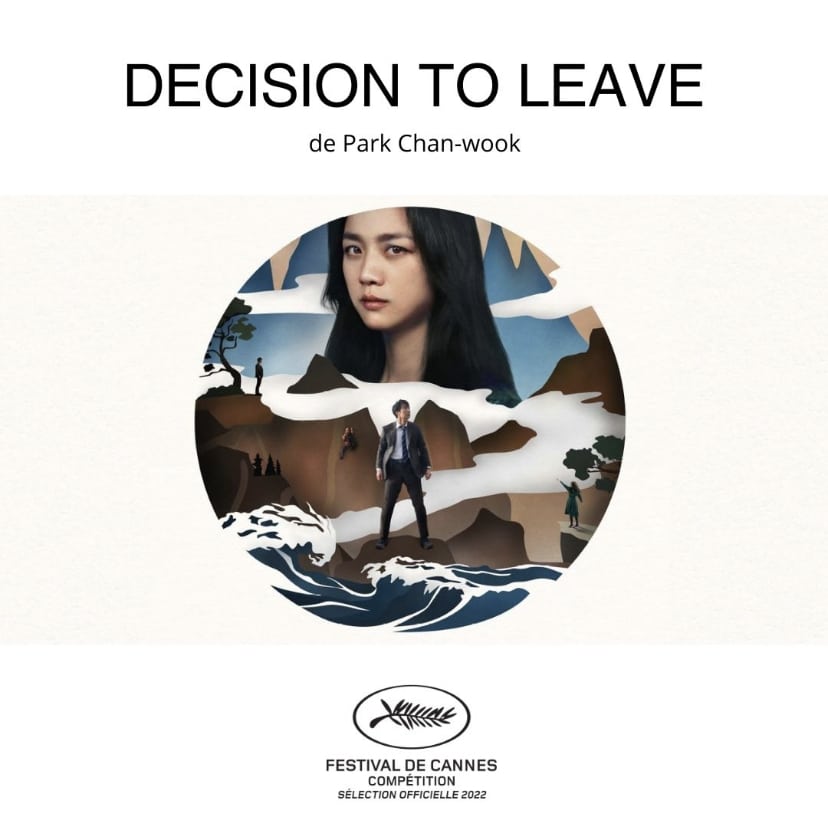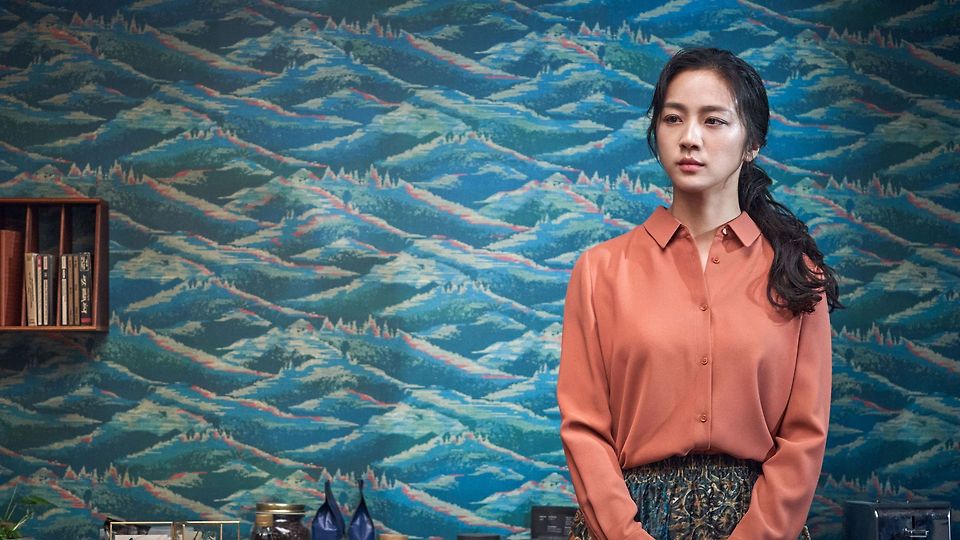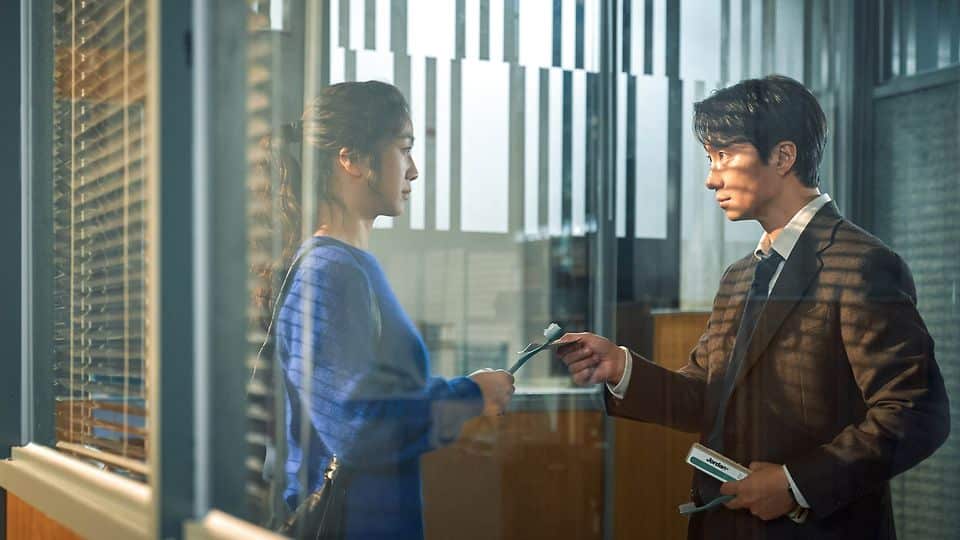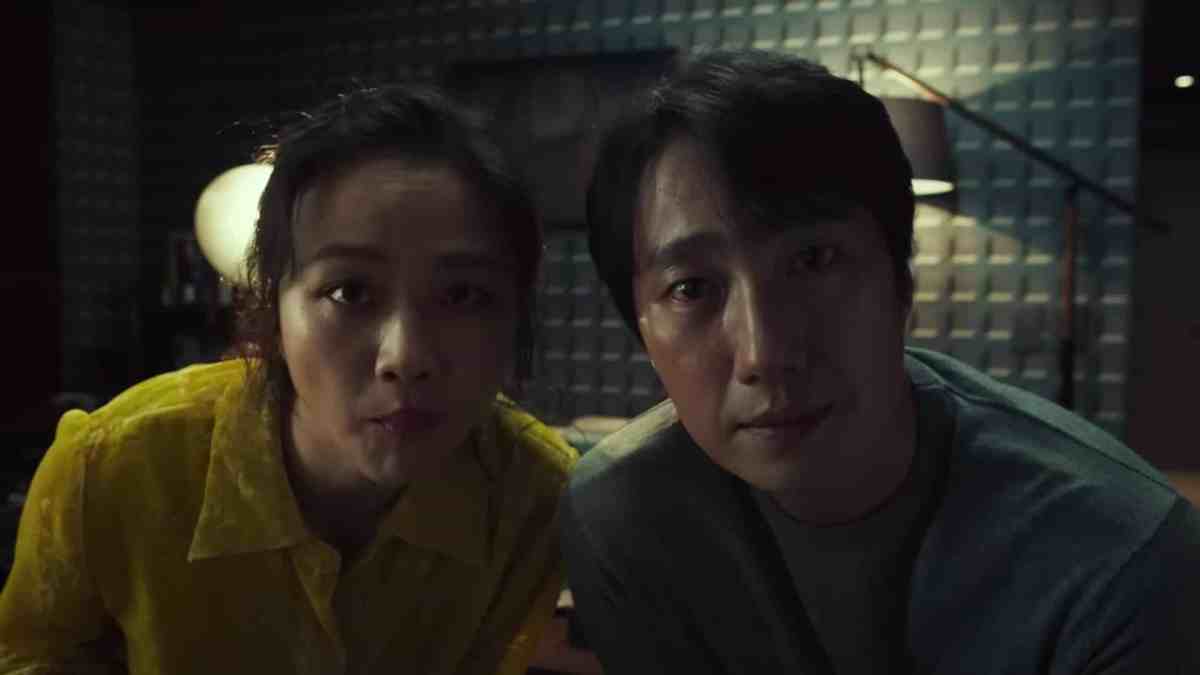An experienced rock-climber falls from a mountain peak to his death – how did he die? And whodunnit? The detective sent to investigate the suspicious death begins questioning the man’s wife, but during the process develops obsessive feelings for her. On paper, this is a standard ‘Film Noir’ setup – but South Korean director Park Chan-wook’s Decision to Leave is anything but.
In the gumshoe role we have Hae-Joon (played by Park Hae-il), a married detective who is dogged by this mysterious mountain-based murder. In the femme fatale role we have Seo-rae (Tang Wei), a Chinese immigrant who reacts rather nonchalantly to the gruesome death of her husband. No tears? Not even fake ones? This fascinates and frustrates Hae-Joon in equal measure, setting up the central conflict of the film: what happens when a detective falls in love with his prime suspect.
Read: Tár review: Cate Blanchett conducts herself marvellously
Vertigo (1958) comes to mind often while watching this film, and like Hitchcock, Park Chan-wook is a man who understands the visual language of cinema like no other. The striking POV shot of an ant crawling over the eye of the deceased hiker is just one of the film’s many memorable moments, and proves that Chan-wook really is a master of his craft. After a six-year hiatus (his last film was The Handmaiden in 2016), I am delighted that he has returned to us, and in such fine form too.
Through the film’s clear visual motifs, we not only get a story about detective falling for femme fatale: we get an epic tale of what happens when the (metaphorical AND literal) mountain and sea collide, and leave a trail of confusion and disaster behind them.
The mountains and the sea
The central motif of ‘mountains and the sea’ is introduced early on: not just location-wise, and not just in the personality types of Hae-Joon and Seo-rae, but in the film’s official poster.

Here we are presented with a collage of our lead characters interspersed between staggering mountains and tumultuous waves. Seo-rae looms above it all, wearing an expression halfway between fear and knowing. It’s an expression she’ll wear for most of the film – inscrutable, but alluring. As an image, this poster is a perfect representation of the film’s singular vision.
Seo-rae is best described as an ‘ocean’: unpredictable, mysterious, tempting but unknowable. Her story began when she made a treacherous journey to South Korea from China via the sea. On the other hand, Hae-Joon is a ‘mountain’: ambitious, steadfast, headstrong. Mountains are also known to be difficult to budge – unless of course you are a particularly strong wave.
Read: The Stranger, Netflix review: a waking nightmare with heart

After the murder on the mountain case is closed, Hae-Joon and Seo-rae agree never to speak again. Hae-Joon is married after all, and the intimacy he has found with Seo-rae made it difficult to work on the case and keep up appearances at home. Here the narrative skips forward: Hae-Joon and his wife have moved to Lipo, a city known for its proximity to the ocean and its endless thick fog. But who should he run into at the fish market but Seo-rae and her new partner?
Before he can blink, a new case is on his plate: this time it’s a murder in a luxurious backyard pool. The ocean waves crash in the distance as he examines the lifeless body. The perspective has been flipped: our protagonist, once a sturdy mountain, has come tumbling down to the sea’s territory.

Style and substance
The not-quite-forbidden but impossible-to-consummate love between the leads evokes the tone of Wong Kar-wai’s In The Mood For Love (2000). In keeping with that film, the driving force of the narrative is always what the protagonists are doing in relation to one another: how their forces propel or repel each other, and the consequences of such. It’s also incredibly stylish.
A must-mention is the film’s use of technology to advance the plot. Classically the noir genre is famous for its period settings with handwritten letters, telephone calls and back-and-forth dialogue in the cramped gumshoe’s office – but Park Chan-wook expertly updates such missives to modern-day texting, and employs quite a genius use of apps (that I won’t spoil here). With Chan-wook’s blink-and-you’ll-miss-it attention to detail, where each scene and exchange hides a possible clue, your eyes should never leave the screen.
Interestingly, Chan-wook said at an Alamo Drafthouse sceening of the film in Texas that Decision to Leave was his ‘funniest film in years’. I agree, and sight-gags such as Hae-Joon hoisting his detective partner up the mountainside on his back are a welcome reprieve from the heady drama of murders unsolved and promises broken.
Decision to Leave
- Release date: 20 October 2022 (Australia)
- Director: Park Chan-wook
- Runtime: 2 hours 18 minutes
Actors:
Director:
Format: Movie
Country:
Release:





